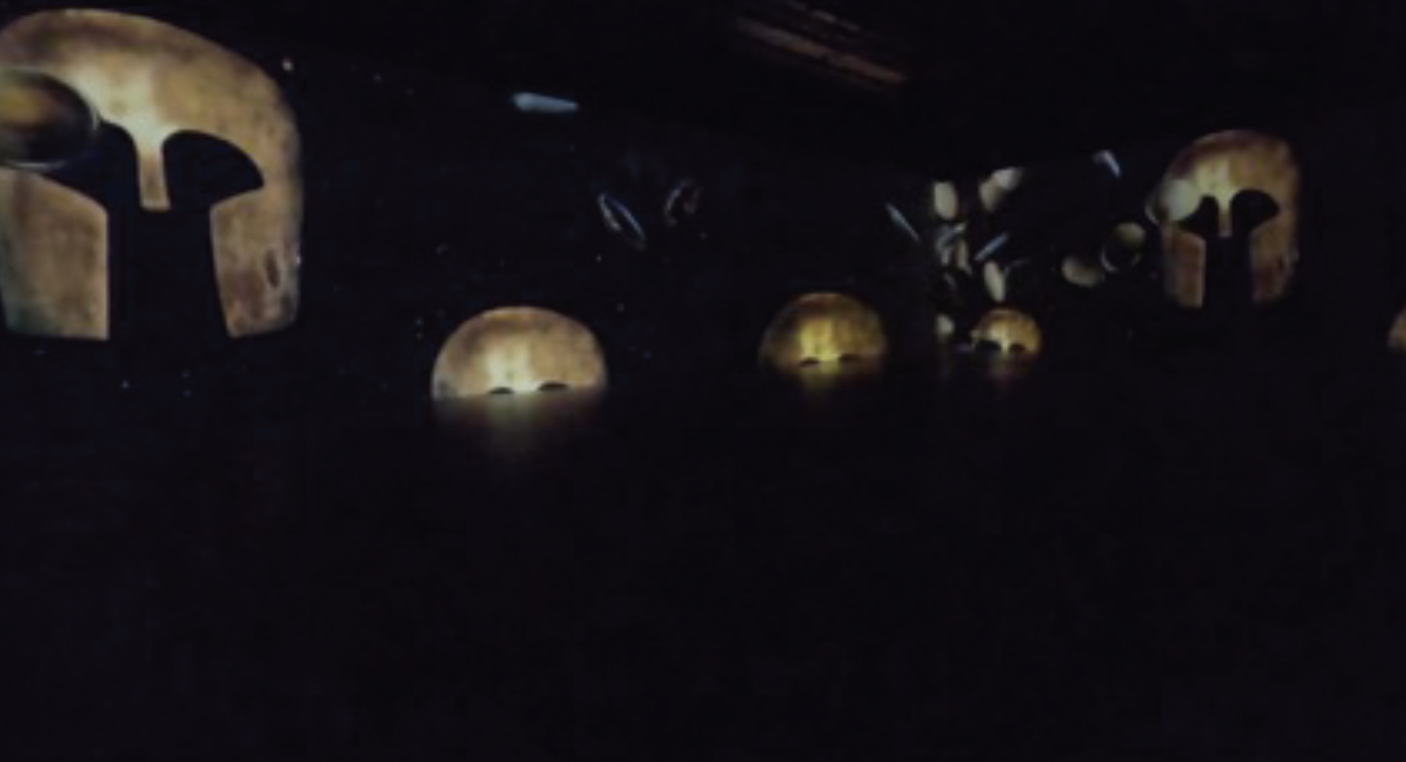Art Nouveau (Gustav Klimt) in Digital Art Exhibition
DOI:
https://doi.org/10.69598/decorativeartsjournal.1.76-113Keywords:
Digital Art, Motion Graphic, Art Nouveau, Visual perception, Visual ExplanationAbstract
To study the ways of presenting visual art in a digital exhibition format, which is not only showing static paintings but also taking advantage of dimension and time to deliver the story and the history of the image for the era of the painting. For the viewer to move back in time to experience and perceive the images at its truest nature, for which, this involves the theory of visual perception, visual explanation and storytelling. These are the basic knowledge of how to integrate creative works in digital media especially Motion Graphic applied to present technology. This academic paper attempts to explain and collect basic theories by focusing on summarizing the study results, proposing principles, theories, concepts and analysis through the works of Gustav Klimt on display at the exhibition “SOMETHING NOUVEAU. KLIMT, MUCHA, BEARDSLEY” held during January to April 2020 at the Museum of Digital Art (MODA), River City Bangkok. Not only does it become interactive and relish but draws out the core identity of the painting according to the mentioned theory and does not detract from the appreciation of the painting in the slightest. Rather it makes it easier for the new generation to understand the meaning and composition of those paintings.
References
กำจร สุนพงษ์ศรี. (2559). ART NOUVEAU: พจนานุกรมศัพท์ทัศนศิลป์. สำนักพิมพ์แห่งจุฬาลงกรณ์มหาวิทยาลัย
Barnes, S. (2016). Studies in the efficacy of motion graphics: How the presentation of complex animation implicates exposition. Journal of Entertainment and Media Studies, 2(1), 37–76.
Barnes, S. (2016). Studies in the efficacy of motion graphics: The effects of complex animation on the exposition offered by motion graphics. Animation: An Interdisciplinary Journal, 11(2), 146–168.
Barnes, S. (2018). Toward the Cumulative Effect of Expository Motion Graphics: How Visual Explanations Resonate with Audiences. In R. Brian Stone & Leah Wahlin (Eds.), The Theory and Practice of Motion Design pp. 93-111. Routledge.
Brewer, W. F., Chinn, C. A., & Samarapungavan, A. (2000). Explanation in scientists and children. Explanation and Cognition (279–298). Cambridge, Massachusetts: MIT Press.
Clark, A. (2000). Twisted tales: Causal complexity and cognitive scientific explanation. Explanation and Cognition (145–166). Cambridge, Massachusetts: MIT Press.
Cohn, N. (2013). Visual narrative structure. Cognitive Science, 37(3), 413–452. https://doi.org/10.1111/cogs.12016
Keil, F. C., & Wilson, R. A. (2000). Explaining explanation. Explanation and Cognition (1–18). Cambridge, Massachusetts: MIT Press.
Klimt, G. (1898). Pallas Athene [Painting]. Vienna Museum, Vienna, Austria
http://www.gustavklimt.net/pallas-athene/
Klimt, G. (1899). Nuda Veritas [Painting]. Austrian National Library (ÖNB), Vienna, Austria
https://www.gustav-klimt.com/Nuda-Veritas.jsp
Klimt, G. (1901). Judith I [Painting]. Belvedere, Vienna, Austria
http://www.gustav-klimt.com/Judith-and-the-Head-of-Holofernes.jsp
Klimt, G. (1901). Goldfish [Painting]. Swiss Institute for Art Research, Zürich, Switzerland
http://www.gustavklimt.net/goldfish/
Klimt, G. (1902). Beethoven Frieze [Painting]. Belvedere, Vienna, Austria
https://www.gustav-klimt.com/Beethoven-Frieze.jsp
Klimt, G. (1907). Portait of Adele Bloch-Bauer I [Painting]. Neue Galerie, New York
https://www.gustav-klimt.com/Portrait-Of-Adele-Bloch-Bauer-1.jsp
Klimt, G. (1909). The Tree of Life, Stoclet Frieze [Painting]. Museum of Applied Arts, Vienna, Austriahttps://www.alamy.com/the-stoclet-frieze-detail-the-expectation-tree-of-life-1905-1909-artist- image60436851.html
Mendiburu, B. (2009). 3D movie making: stereoscopic digital cinema from script to screen. Focal Press.

Downloads
Published
How to Cite
Issue
Section
Categories
License
Copyright (c) 2022 DEC Journal

This work is licensed under a Creative Commons Attribution-NonCommercial-NoDerivatives 4.0 International License.
Published by Academic Affairs Division, Faculty of Decorative Arts, Silpakorn University. The copyright of the article belongs to the article owner. Published articles represent the views of the authors. The editorial board does not necessarily agree with and is not responsible for the content of such articles.


